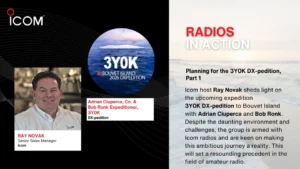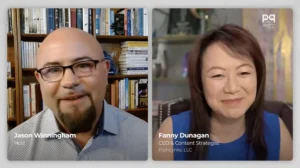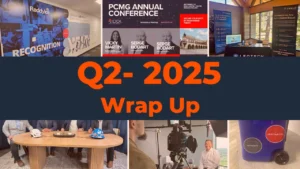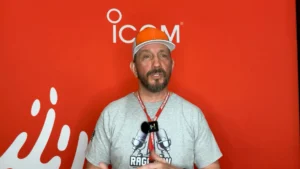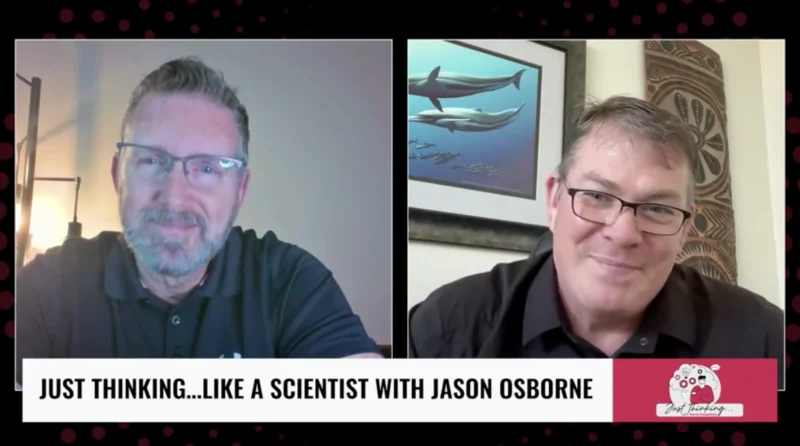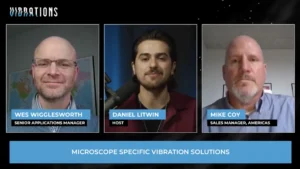Is Virtual Reality Replacing the Microscope?
The digital revolution impacted the scientific field perhaps as much, if not more than, any other industry. The ability to examine subjects in three dimensions was transcendent, but now, even more advanced technology seems poised to transform what scientists can discover.
Both virtual reality (VR) and augmented reality (AR) are stepping up to give the community a new way of looking at things. While VR allows full immersion into a digitally-created world or an object being imaged, AR has the distinct benefit of reducing disorientation. AR will work well with organic molecules of practically every sort, but anything highly complex will likely require the full immersion of VR.
Increasing Engagement
Protein folding is an area in which we can certainly expect wider use of VR/AR. Several years ago, the online crowdsourcing game FoldIt made the news due to its success engaging the general public in trying to fold protein molecules—and doing so with legitimate interest. People were successful with a “3D” rendering on a two dimensional screen. Imagine how much more engaged and immersed people could be playing FoldIt with VR or AR headsets. The potential to make major leaps in the understanding of protein structure is immense.
Molecules are not the only things the scientific community needs to see and understand in 3D. Imagine being able to “shrink down” to enter into an actual, beating heart. It would be possible to look around, go into the arteries, travel through the body, into the capillaries, and up through the veins and back into the heart. Or, producing a 3D rendering of the entire brain. It is equally not impossible to imagine a neuron-wiring version of FoldIt with VR/AR assistance to help create 3D maps of the brain as a whole.
Opening Students’ Minds
Another impact VR is likely to have is the opening up of sciences like organic chemistry to more students. Often, students who do well in the more mathematically-based general chemistry classes do not do quite as well in organic chemistry (and vice versa). The difference is that those who do well in organic chemistry typically have very strong visual imaginations and are capable of seeing those molecules in 3D, moving them around in their minds with much greater ease than most people. VR makes this ability available to everyone, and without a doubt does so more vividly and accurately.
There are all sorts of things in nature that could be investigated at the micro-level with VR/AR, from ant and termite tunnels to cellular structures. By immersing oneself in an environment, teachers would be able to give students insights as to what is really happening, how things are formed, and what their true roles are. Atoms to ecosystems to the insides of stars and the distribution of galaxies in the cosmos—all are within the reach of greater understanding by our being able to truly see them in 3D.
As VR/AR technology becomes more widely used—and as the technology itself improves—there is little doubt that even more ways of using it to add to our scientific knowledge will emerge. Its use will open up new vistas, create more opportunities in health and technology, and even contribute to psychological health. In fact, the latter is already being implemented at the University of Texas at Dallas where researchers are using virtual reality to improve the social skills of people on the autism spectrum. Who knows where else it will go.
Follow us on social media for the latest updates in B2B!
Twitter – twitter.com/ScienceMKSL
Facebook – facebook.com/marketscale
LinkedIn – linkedin.com/company/marketscale


